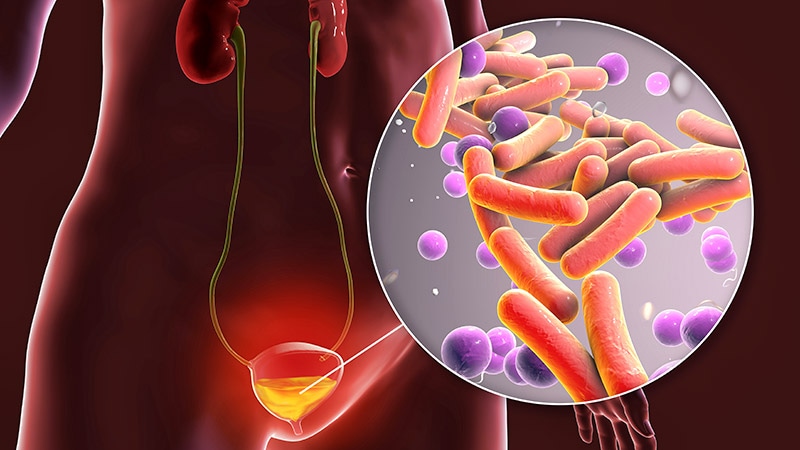Takeaway
- Higher levels of practice level incident antibiotic prescribing for common infections were associated with lower rates of hospital admission and general practitioner (GP)-diagnosed infection-related complications.
Why this matters
- Findings highlight the need for greater focus to optimise antibiotic use by lowering inappropriate antibiotic prescribing and better targeting antibiotics to patients at high risk of infection-related complications.
Study design
- A retrospective study based on a total of 19.6 million GP consultations for common infections.
- Association of incident antibiotic prescribing levels for common infections with infection-related complications and hospitalisations within 30 days after consultation was evaluated by comparing high with low prescribing GP practices using data from the Clinical Practice Research Datalink (CPRD GOLD) and the Secure Anonymised Information Linkage Databank (SAIL) linked with Hospital Episode Statistics (HES) including 546 CPRD, 346 CPRD-HES, and 338 SAIL-HES practices.
- Funding: Connected Health Cities.
Key results
- A 10.4% higher antibiotic prescribing rate (interquartile range) was associated with an incidence rate ratio (IRR) of 0.943 (95% CI, 0.920-0.967), denoting a 5.7% lower infection-related hospital admission rate in the combined analysis.
- The incidence of GP-recorded infection-related complications reduced by 16.9% (IRR, 0.831; 95% CI, 0.791-0.873) and 9.0% (IRR, 0.910; 95% CI, 0.866-0.954) with an increase in antibiotic prescribing of 10.4% and 10.6% for CPRD and SAIL, respectively; combined analysis (IRR, 0.872; 95% CI, 0.843-0.903).
- The observed association varied by infection in the combined analysis:
- lower respiratory tract infection:
- infection-related complications (IRR, 0.877; 95% CI, 0.834-0.922); and
- hospital admission (IRR, 0.839; 95% CI, 0.803-0.876).
- urinary tract infection:
- infection-related complications (IRR, 0.880; 95% CI, 0.826-0.937); and
- hospital admission (IRR, 0.853; 95% CI, 0.788-0.924).
- upper respiratory tract infection:
- infection-related complications (IRR, 0.844; 95% CI, 0.813-0.876); and
- hospital admission (IRR, 0.935; 95% CI, 0.905-0.965).
- lower respiratory tract infection:
- The association of antibiotic-prescribing levels with infection-related complications and hospital admission was largest in patients aged 18-39 years (IRR, 0.837; 95% CI, 0.798-0.878 and 0.914; 95% CI, 0.870-0.960, respectively) and was smallest in elderly patients aged >75 years (IRR, 0.903; 95% CI, 0.854-0.955 and 0.997; 95% CI, 0.961-1.034, respectively).
Limitations
- Retrospective design.
This clinical summary originally appeared on Univadis, part of the Medscape Professional Network.



